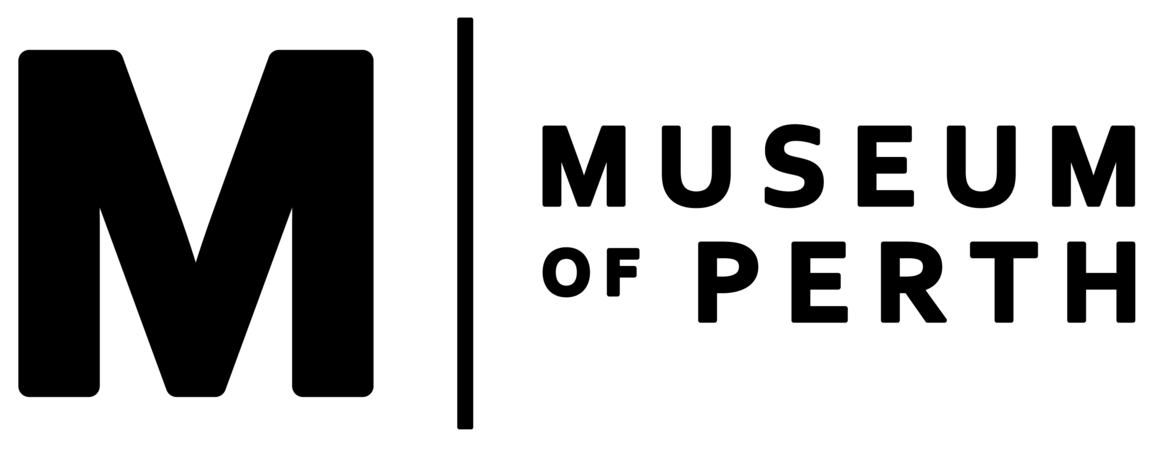The Australian Naval and Military Expeditionary Force (AN&MEF;) before departing to fight the Germans in New Guinea. Courtesy of Australian War Memorial A03272
Vote Yes for conscription poster, State Library of New South Wales.
GREEK CONNECTIONS
On 27 October 1916, the day before a contentious national referendum on conscription, a pro-conscription rally was held in Perth, addressed by the Colonial Secretary, Hal Colebatch. Colebatch, who was pro-conscription, stressed the importance of the war and conscription for keeping Australia ‘white’. Anti-Greek sentiment was stirred up among Australian soldiers and Moana Cafe was one of several cafes attacked by a large mob of Australian soldiers in uniform.
The front plate-glass windows were smashed, chocolates from the window display were stolen and customers in the café ran out without paying.
‘Moana Cafe Vandalised and Looted
The scene became one of indescribable excitement. All the efforts of the police and soldiers to prevent wanton destruction of property were unavailing until a light horse picket, which had been sent for by the police arrived from Claremont and charged the mob. The picket restored order and arrested close on 30 soldiers’.
Rioting in Perth, Norseman Times, Tuesday 31 October 1916, page 3.
The attack on local businesses by soldiers was one of many throughout 1915 and 1916. The attacks were directed at businesses that soldiers believed to be owned by people disloyal to Australia, especially Greek immigrants assumed to be loyal to Germany. This was because King Constantine, whose wife Sophia was the sister of Kaiser Wilhelm, tried to keep Greece neutral during the war, despite the urgings of his Prime Minister, Eleutherios Venizelos, to join the Allies.
The crowd apparently misjudged the nationality of Moana Cafe proprietor Saul Epstein, who had in fact migrated from Russian Poland. Shopkeepers who were victims of the 1916 riots were never compensated for damage to their shops.
Epstein survived the riots and after refurbishment in 1924, renamed Moana Café to the Moana Tea and Supper Rooms.
Wedding
In 1917 John Curtin (Prime Minister of Australia from 1941 to 1945) was married to Elsie Needham. They came to the Moana Dining Rooms for a quiet wedding lunch after a civil ceremony. Curtin was openly anti-conscription.
Savas Leminos was proprietor of the Moana Tearooms briefly in 1930. In December of that year he was charged under the Liquor Licensing Act for selling chocolates containing alcoholic liqueurs. The case was dismissed when the chocolates were not deemed to be a beverage.
Moana Dining Room, 1931–39
From 1931 to 1939 Saul Epstein leased the Moana Cafe to Peter (Emanuel Pantazi) Auguste, who had immigrated to Perth from Castellorizo, Greece.
Photo: Lafayette Studios, 1931. Courtesy Nick Verevis
Auguste’s daughter Marcel and her husband George Verevis were given a wedding reception in the cafe in January 1931 and managed the cafe until 1939 when George (also the chef) was called up for war service and the lease was relinquished to Epstein. The three Verevis children Kathleen, Nick and Michael were baptised in the cafe and grew up there. Marcel’s sister Chrisanthi Auguste (Chrissie) also worked in front-of-house reception and played the piano. During this time the cafe was an important place for the Greek community and many weddings were held there.
Tables and chairs were varnished black and the room decorations were white and black to match a ‘Rudolph Valentino’ theme. The popular fan-shaped menus showed a woman with a headscarf and also served as fans, as the building had no air conditioning.
Wedding photo 31 January 1931. Helen Baster (left), Panteriz Auguste, George Pampakis, George Verevis (seated groom), Marcel Verevis (née Auguste), Manuel Auguste, Chrissie Kailis (née Auguste), Mary Soufoulis (child).






